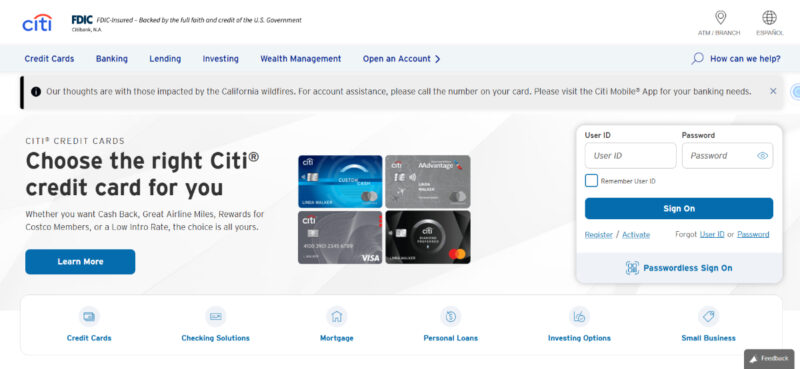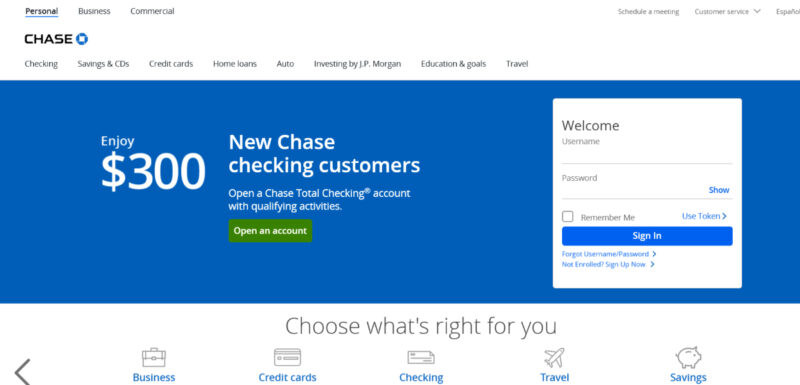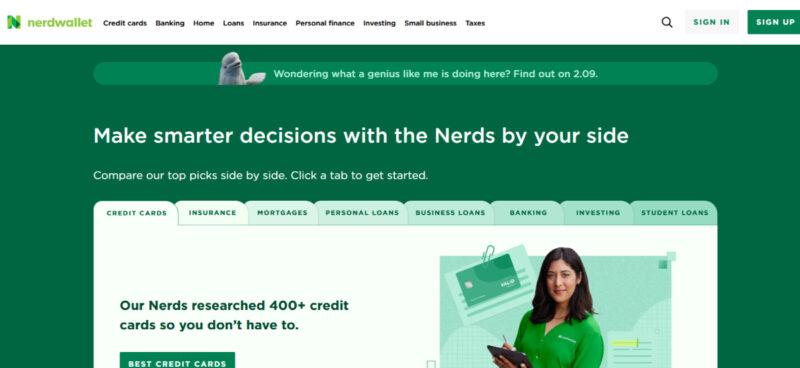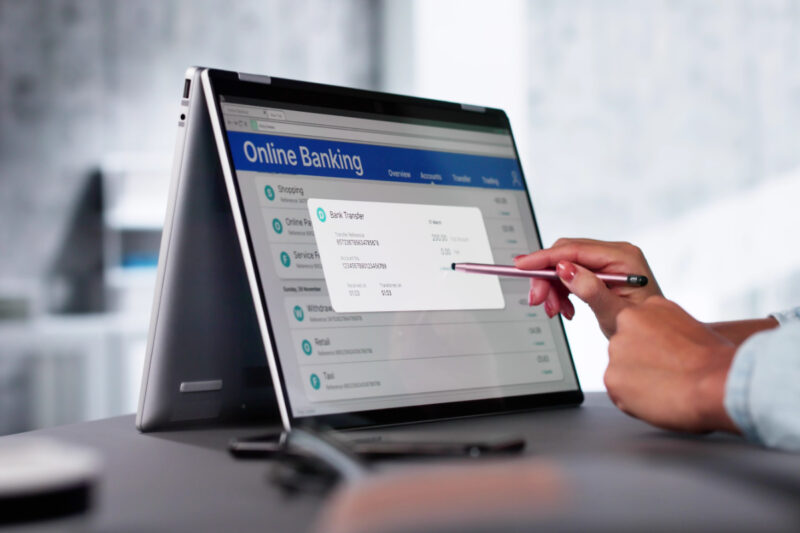Are you thinking about ways to maximize the potential of your bank account? Have you ever heard of bank churning?
This practice involves opening new bank accounts to reap the benefits of sign-up bonuses and promotional offers. These bonuses can range from $50 to $400 per account, turning a strategic approach into a lucrative side hustle.
🌟 Top Picks for Online Earnings! 🌟
Dive into our handpicked selection of the best platforms to boost your online income. Trusted by thousands, these platforms are a must-try for anyone looking to make money online.
Turn your opinions into cash with one of the most reputable online survey platforms. Explore Survey Junkie
From watching videos to shopping online, Swagbucks rewards you for everyday online activities. Dive into Swagbucks
Get rewarded for shopping, taking surveys, and more. Check Out Lifepoints
Discover a curated list of remote and flexible jobs. Find Jobs on FlexJobs
Organization is key to ensuring you meet the requirements to earn these bonuses without missing deadlines or sinking into fees. Imagine raking in cash through bonuses simply by keeping track of a few essential details. You might need a calendar or spreadsheet, but the effort pays off.
One important thing to note is that bank account churning doesn’t impact your credit score, unlike credit card churning. With no credit report worries, you can focus on making informed decisions to maximize your earnings. Anyone can do it—as long as you’re willing to put in some homework to compare offers and track your progress, you’re on your way to making extra cash with minimal risk.
What Is Bank Churning

Bank churning is a financial strategy where you repeatedly open and close bank accounts to take advantage of sign-up bonuses, promotional offers, and other rewards.
This practice can yield significant rewards like credit card churning, but it has several drawbacks.
Credit Card Churning vs. Bank Account Churning

Credit card churning involves opening multiple credit cards to earn rewards like points, miles, or cash back. In contrast, bank account churning utilizes checking and savings accounts to maximize sign-up bonuses and interest rates.
Why Do People Churn?

- Sign-Up Bonuses: Banks often offer cash bonuses or rewards points for opening a new account and meeting specific criteria, like a direct deposit or maintaining a minimum balance.
- Promotional Offers: Some accounts provide ongoing benefits beyond the initial bonus, including waived annual fees or higher interest rates.
Things to Keep in Mind

- Credit Report: Frequent account openings can impact your credit score if hard inquiries are involved. Although bank accounts typically don’t affect credit scores as much as credit cards, it’s still a factor to consider.
- Account Fees: Watch out for hidden fees that could negate any bonuses you earn. Many banks require a minimum balance to waive monthly fees.
- Churning Strategy: Be strategic in your approach. This could mean timing your account openings to maximize bonus periods or using multiple banks to diversify your rewards.
Steps to Start Bank Churning

- Research: Identify banks with lucrative sign-up bonuses and minimal requirements.
- Check Requirements: Ensure you meet conditions like direct deposits or maintaining minimum balances to qualify for the bonuses.
- Track Your Accounts: Keep a spreadsheet to monitor account openings, closures, and requirements.
Using these strategies can make bank churning profitable, but always check the fine print to ensure it’s worth your time and effort.
See Related: How to Use Money to Make Money
Top Banks for Churning

When it comes to bank churning, choosing the right financial institutions is crucial. Not every bank offers bonuses that make the effort worthwhile. Here are some top picks to consider:
Citi

- Why choose Citi? Citi often offers lucrative sign-up bonuses. Promotions typically require opening a new checking or savings account and meeting the requirements of direct deposit or minimum balance.
- Potential Payout: Up to $700, depending on the current offer.
Chase

- Why choose Chase? Chase Sapphire accounts are particularly popular for churning due to high bonus payouts. Look out for offers requiring larger deposits but with higher returns.
- Potential Payout: Up to $600, which can be quite rewarding for a single account opening.
American Express

- Why choose American Express? American Express excels at credit cards and offers impressive bank account bonuses. These bonuses often require fewer hoops to jump through than those offered by other banks.
- Potential Payout: Up to $500 for a qualifying deposit and maintaining the account for a set period.
Here’s a simple comparison table:
| Bank | Potential Payout | Requirements |
|---|---|---|
| Citi | Up to $700 | New account, direct deposit, balance |
| Chase | Up to $600 | New account, sizable deposit |
| American Express | Up to $500 | Open account, maintain balance |
Personal Anecdote
From my own experience, I found Chase to be incredibly straightforward. I opened a checking account, deposited the required amount, and the bonus was credited within a few months. It felt like easy money!
Pro Tip
Always read the fine print. The Federal Reserve’s guidelines ensure transparency, but banks can be crafty. Avoid any monthly fees that could eat into your rewards. Sites like NerdWallet provide excellent overviews and comparisons to help you find the best deals.
Step-by-Step Guide

When engaging in bank account churning, the process involves several essential steps to maximize your gain from signup bonuses while maintaining a good credit score. Below are detailed instructions on how to navigate the journey effectively.
Understanding Requirements

Before diving into bank churning, familiarize yourself with specific requirements set by each bank. These often include a minimum deposit, direct deposit stipulations, and additional activities like maintaining a certain balance. Look closely at the fine print and use resources like NerdWallet or a simple Google search to compare offers.
Creating an organized spreadsheet can help track these requirements. Ensure you meet the required criteria to avoid missing the signup bonus and incur unnecessary monthly fees. This preparation prevents any surprises down the line.
Application Process

When applying, effort matters. Timing is crucial; apply for multiple accounts on the same day to reduce the impact on your credit score from the multiple hard inquiries. To simplify things, do your app-o-rama on a weekday morning, as suggested by experienced churners.
Remember to only apply for accounts that align with your goals and requirements. Prioritize banks with straightforward terms and lucrative bonuses. Keep your credit utilization ratio in check to avoid harming your credit history.
Account Management

Once you have you have set up your accounts, focus on completing the necessary actions to obtain your bonuses. This could mean quickly setting up direct deposits or ACH transfers. Use technology to automate these processes.
Management is key. Use an organized spreadsheet to track each account’s status.
Monitor your accounts regularly to ensure you meet ongoing requirements and to track when your bonuses are awarded. This prevents unnecessary fees and reduces your workload.
Closing Accounts

Strategically closing your accounts is essential. Wait until after you’ve received your bonuses and ensure no fees are pending. Be conscious of the impact on your credit score, as closing accounts too quickly can reduce your average age of accounts.
When closing, contact customer service directly and follow their instructions. Ensure all pending transactions are cleared to avoid unexpected issues.
Close accounts staggered to minimize disruption to your overall financial strategy. This approach keeps your credit history clean and prepares you for future churning opportunities.
See Related: Make Money in Your Neighborhood: Jobs to Do for Money
Direct Deposit Tips

Getting the hang of setting up direct deposits can be the key to maximizing your bank churning strategy. Here are some practical tips to ensure you meet the requirements.
First, confirm the details for direct deposits with the bank. Some banks specify employer payroll deposits only, while others might accept ACH transfers from another bank account. Always check the terms to avoid missing out on bonuses.
Using your primary employer to set up direct deposits is the most straightforward method. If that’s not feasible, figure out alternatives. Some banks accept transfers from fintech apps like PayPal, Venmo, or Square as qualifying direct deposits.
A helpful strategy is to divide your payroll deposit. Allocate a portion to meet the minimum direct deposit requirement of the bank account you’re churning.
The rest can go to your primary account. This ensures you’re not compromising your main banking activities.
Triggering Direct Deposits:
- Automated Clearing House (ACH) Transfers: Use another bank account to initiate an ACH transfer. Many banks recognize this as a direct deposit.
- Fintech Services: Set up a recurring deposit from apps like PayPal or CashApp to simulate direct deposits.
- Employer Payroll Splits: Arrange with HR to split your paycheck, directing a portion to the target account.
Pay attention to timing. Ensure deposits meet the bank’s criteria within the required period, whether it’s bi-weekly, monthly, or quarterly. Missing a cycle could mean missing out on that bonus, so set reminders and monitor regularly.
Managing Multiple Accounts

Organization is key when you manage multiple bank accounts. You might find it helpful to use a spreadsheet to keep track of each account. List important details such as account numbers, login information, and specific account maintenance requirements.
Keeping good records will also help you monitor your credit utilization, which can negatively impact your credit score. You can ensure that balances remain low across all accounts by tracking your accounts.
Regularly checking your account balances is essential. This helps you avoid overdraft fees and missed payments. A weekly check-in might be sufficient, though more frequent checks can be beneficial if you have a high volume of transactions.
It is also important to actively maintain all your accounts. Dormant accounts might get closed, potentially affecting your average age of accounts, which can impact your credit score. Use each account for the intended purpose of keeping it active.
Lists and Tables can be incredibly useful for managing multiple accounts. Keep a table of account bonuses, requirements, and deadlines. This prevents missed opportunities and ensures you meet all necessary criteria for incentives.
Personal anecdote: I once missed out on a $200 bonus because I didn’t keep track of the account requirements in a spreadsheet. Ever since, I’ve been meticulous about documenting every detail.
Key Points to Remember:
- Use a spreadsheet for organization.
- Monitor your credit utilization.
- Check balances regularly.
- Keep all accounts active.
Avoiding Fees

Avoiding fees is crucial to maximizing profits when churning bank accounts. Here are some strategies to help you avoid unnecessary charges.
First, look out for monthly maintenance fees. Many banks charge these just to keep an account open. To avoid these fees, maintain the minimum balance or set up a direct deposit.
Annual fees can sneak up on you, too. While these are less common for basic checking and savings accounts, premium accounts often have them. If you’re not using the perks of a premium account, switch to a no-fee option.
Watch out for ATM fees. Using out-of-network ATMs can cost you $2 to $5 per transaction.
To avoid these, stick to your bank’s ATMs or those in their network. Some banks may reimburse a certain number of out-of-network ATM fees each month.
Overdraft fees are another common pitfall. The best way to avoid them is to monitor your balance closely. Some banks offer overdraft protection that links your checking account to your savings account, automatically covering shortfalls.
To benefit from bank account bonuses, make sure you understand the requirements. Failing to meet these can lead to penalties or forfeiture of the bonus. This usually involves maintaining a minimum balance or making a certain number of transactions.
Keep an eye on interest rates too. While they won’t directly result in fees, low-interest accounts can affect your earnings. Opt for high-yield accounts where possible to maximize your gains.
Here’s a quick table to summarize:
| Fee Type | Avoidance Strategy |
|---|---|
| Monthly Maintenance | Maintain minimum balance, direct deposit |
| Annual Fee | Opt for no-fee accounts |
| ATM Fee | Use in-network ATMs |
| Overdraft Fee | Track balance, use overdraft protection |
| Account Bonuses | Meet all requirements |
| Low Interest Rates | Choose high-yield accounts |
See Related: Secrets to PayPal Earnings: How to Make Money with Simple Transactions
Real-Life Success Stories

Bank churning can seem daunting until you hear from those who’ve successfully navigated it. Let’s dive into some real-life stories to see what’s achievable.
One notable example is Alex, who made over $7,000 in 2022 from bank account churning. Alex’s strategy included meticulously tracking sign-ups and welcome bonuses. He frequently checked websites like Doctor of Credit for the latest nationwide and state-specific bank promos.
In another instance, Maria realized she could maximize her rewards by combining various bank offers. She initially targeted a $50 sign-up bonus from Upgrade Bank.
This small win motivated her to pursue more substantial rewards. Before long, she earned significant rewards through credit card funding and cash-back offers.
John’s story stands out, too. After facing a financial crisis, he decided to turn things around using bank churning. By signing up for several credit cards with welcome bonuses, John earned significant points and miles.
He strategically spread out his applications to avoid deteriorating his credit score. His focused approach helped him accumulate enough cash back to pay down debts.
A Quick Tip from Elliot: Start small and learn as you go. Elliot began his journey with simple cash-back accounts and gradually worked up to more complex schemes involving rewards and funding.
